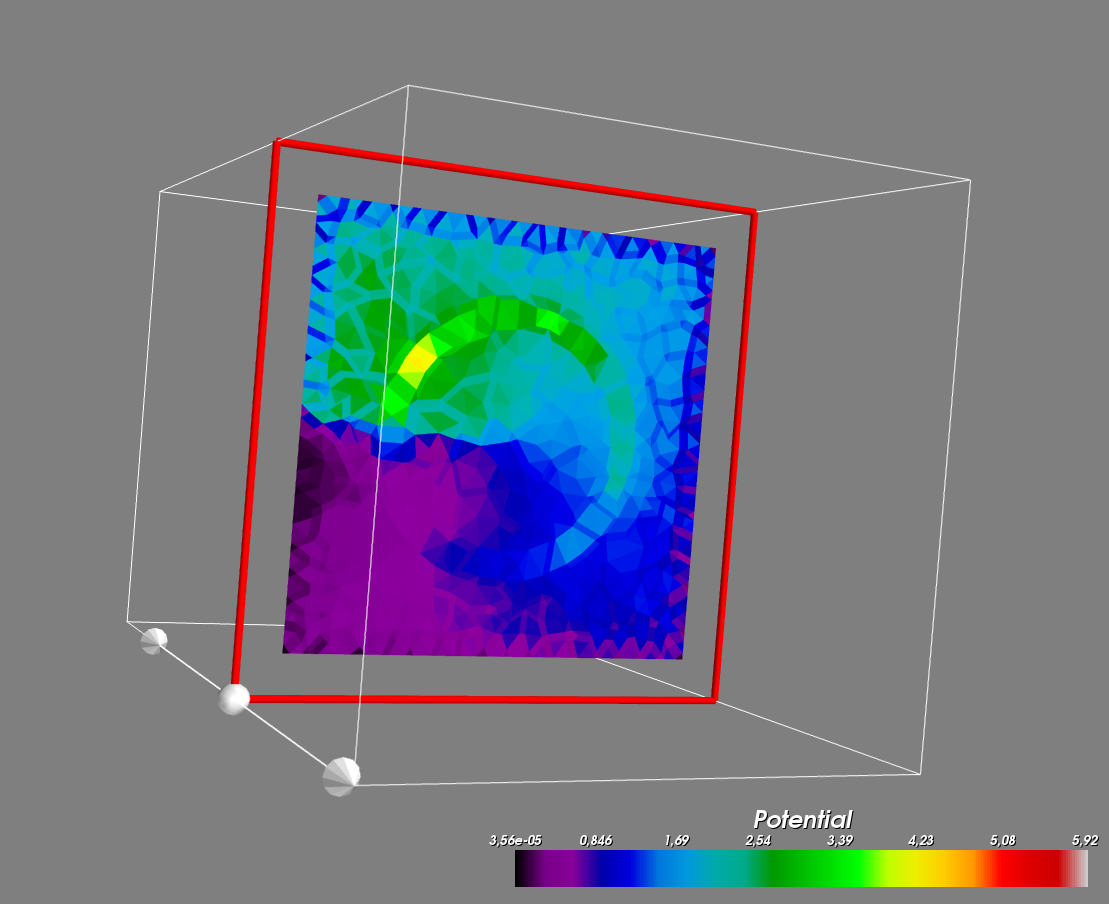Electron Magnetic Chiral Dichroism
Circular dichroism measures the chirality of electronic transitions. You need a circularly polarized beam of photons to do it.
Would it be possible to use electrons instead of photons? The commonsense answer is: Yes, but you need spin polarized electrons:
We say: Yes, but you can do it in a regular transmissioen electron microscope. You need no exotic electrons, nor a synchrotron.
No one tried it before. So we decided to do it. It will not be an easy task.
The general objective of CHIRALTEM is to prove that circular dichroism can be observed in the transmission electron microscope (TEM) by a novel technique, and thus open a completely new path for studying and characterising magnetic materials. The expected results of the project are a) the experimental verification of a predicted phenomenon in electron scattering; and b) establishing a new method for the characterization of materials, thus pushing European technology in the growing field of spintronics. It will complement the XMCD applications at synchrotrons and provide new insights for physics and materials science.
Ring aperture with azimuthal gradient in phase shift
The rather simple idea is to use elctrodes on different potentials and arrange them annuarly around a ring shaped aperture hole such that the potential is steadily increased between the electrodes on the highest and smallest potential.
Due to the radial arrangement the electrodes on the highest and lowest potential are next to each other such that the phase shift makes one rather drastic jump.
